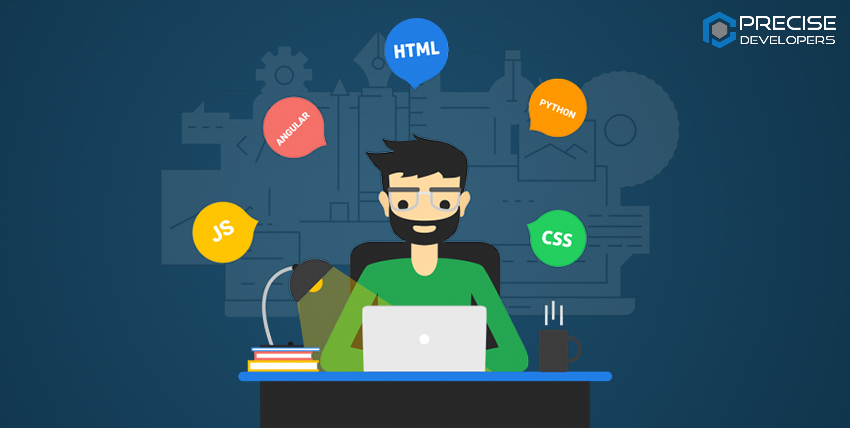Who Is a Full Stack Developer?
A full-stack developer is a web developer who can design and develop both the front-end and back-end of a website. The front end (the parts of a website that users see and interact with) and the back end (the behind-the-scenes data storage and processing) require different skill sets. A full-stack developer must be proficient in both.
A full-stack developer is a computer programming professional who can work in-house or at a computer development company. Full-stack developers typically work on website development, software engineering, and other components for other businesses.
What does a full-stack developer do?
Full-stack developers design and create websites and applications for various platforms. A full-stack developer’s job description might include the following:
1) Designing user interactions on web pages
2) Creating visual designs for websites or applications
3) Optimizing web pages for maximum speed and scalability
4) Ensuring cross-platform compatibility of websites and applications
5) Collaborating with back-end developers to integrate user-facing elements with server-side logic
As a full-stack developer, you are responsible for creating software that uses a variety of different technologies. This can include everything from the front-end user interface to the back-end database. Because new technologies are always emerging, full-stack developers need to stay up-to-date on the latest trends and developments in the field. This can be one of the most exciting aspects of the job, as you are constantly learning new things and pushing the limits of what is possible.
Full-stack developer skills
Full-stack development is a field for the creative problem-solvers of the internet age. As a full-stack developer, you’ll need to be able to wear many hats – from illustrating and designing user interfaces to coding backend systems and everything in between. If you’re interested in becoming a full-stack developer, you should make sure you have a strong foundation in the following areas:
Front-end development is the programming that creates the interface and visual components of a website. This coding can include drop-down menus, fonts, colors, and page layouts. Full-stack developers need to know how to work with front-end technologies like HTML, CSS, and scripting languages such as JavaScript to make websites and applications look good and function properly.
Back-end development skills involve using back-end programming languages such as Python, PHP, Ruby on Rails, and CakePHP. Furthermore, developers must understand how algorithms and business logic work to be successful in this field.
In web design, you’ll use software programs like Photoshop to create graphics and themes. Get to know basic UI (user interface) design principles to help you with navigational elements, backgrounds, audio, and video elements. These principles will come in handy when you’re ready to design your website!
Database management skills are a requirement for full-stack developers, as well as being part of the skillset needed for back-end web development. A full-stack developer should be proficient in designing, understanding, and manipulating database queries and web storage.
As a full-stack developer, you may need to have a working knowledge of the following programming languages and tools:
- Angular JS
- Apache HTTP Server
- AWS
- CSS
- Ember.js
- JavaScript
- jQuery
- Laravel
- Microsoft SQL Server
- MySQL
- Nginx
- Node.js
- PHP
- Polymer
- React
- Ruby on Rails
- Vue.js
How to become a full-stack developer?
1) Consider earning a degree.
2) Research entry-level roles.
3) Develop your coding skills.
4) Build a portfolio.
5) Practice technical interview questions.
If you like this post let us know by commenting below and if you would like to share the post with your friends then you may follow our social media accounts on Instagram, Facebook, Twitter, and LinkedIn.
You also like to see: How 5 ex-Googlers knew it was time to move on?

